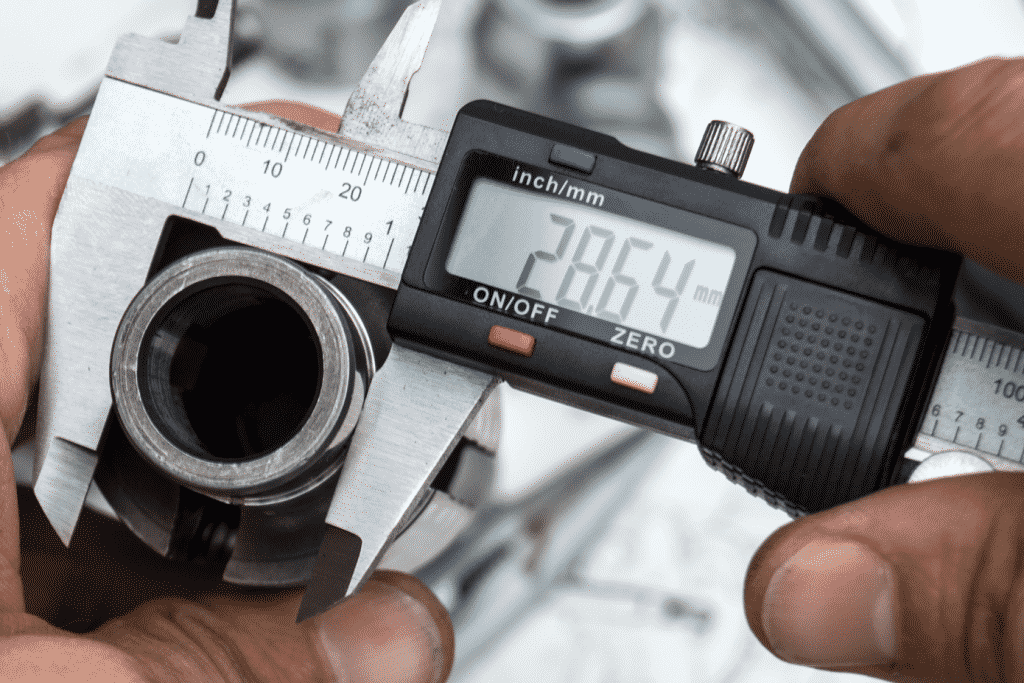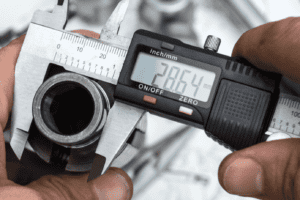It might be obvious to some, but also less obvious to others… More and more these days fabricators take delivery of their sheet metal, do what needs to be done, then simply ship it onwards, knowing already that its dimensions, and thickness are correct, all is well and never even needing a sheet metal gauge tool. Even so, at Selmach we feel it is something worth knowing as the gauge system has been around for a very long time and was first used in the wire industry at a time before even imperial measurement was widely adopted.
Many of the metals you work with daily can be made into sheet metal, and using the right one for your project is absolutely vital, as steel, tin, titanium, copper, brass or any other metal that can be fashioned into sheets all have their different and very often unique properties.
You may have heard these materials referred to alongside gauges and numbers, such as 16 gauge steel or 16 gauge aluminium. These numbers refer to the thickness of the metal sheet and apply independently of any imperial or metric system; because their values are independent a gauge conversion chart is a handy addition to any workshop wall, because things can get a little complicated with the gauge system for another very good reason…
That reason is that different metals have their own gauge system, so that 16 gauge steel we mentioned, well it won’t be the same thickness as the 16 gauge aluminium, why the complexity you might ask? Well steel is ferrous, while aluminium is not and there are different gauges (and gauge tools) for ferrous and non-ferrous metals.
The Manufacturer’s Standard Gauge applies to standard, stainless and galvanized steel, while the Brown and Sharp gauge (or American Wire Gauge, AWG) is used for the majority of non-ferrous metals and in the UK we also have the Birmingham Gauge, not to be confused with the Birmingham Wire Gauge which, as the name implies is used for wire as opposed to sheet metal.
One general rule across both though is that the higher the gauge, then the thinner the metal with the most commonly used sheet metal gauges ranging from the thinner end of the scale around 30 down (or up) to thicker sheets of around 7 gauge. The important things is to know your material and which particular gauge tool you must use to measure it, invest in them all and display a conversion chart in your workplace, and you are good to go, whether you actually use it or not, as with so many things in our industry, a little old-fashioned knowledge can go a long way once in a while.
For information and advice on sheet metal machinery, gauges or anything else, feel free to get in touch any time for help and advice.
Published 15th October 2018


